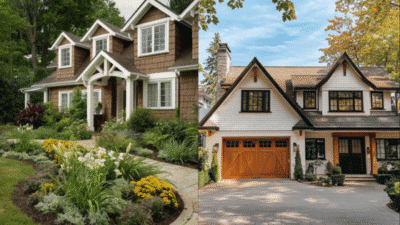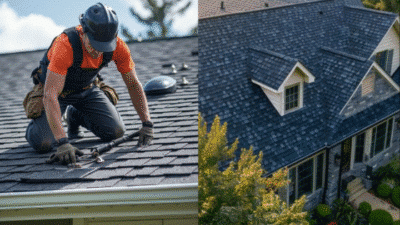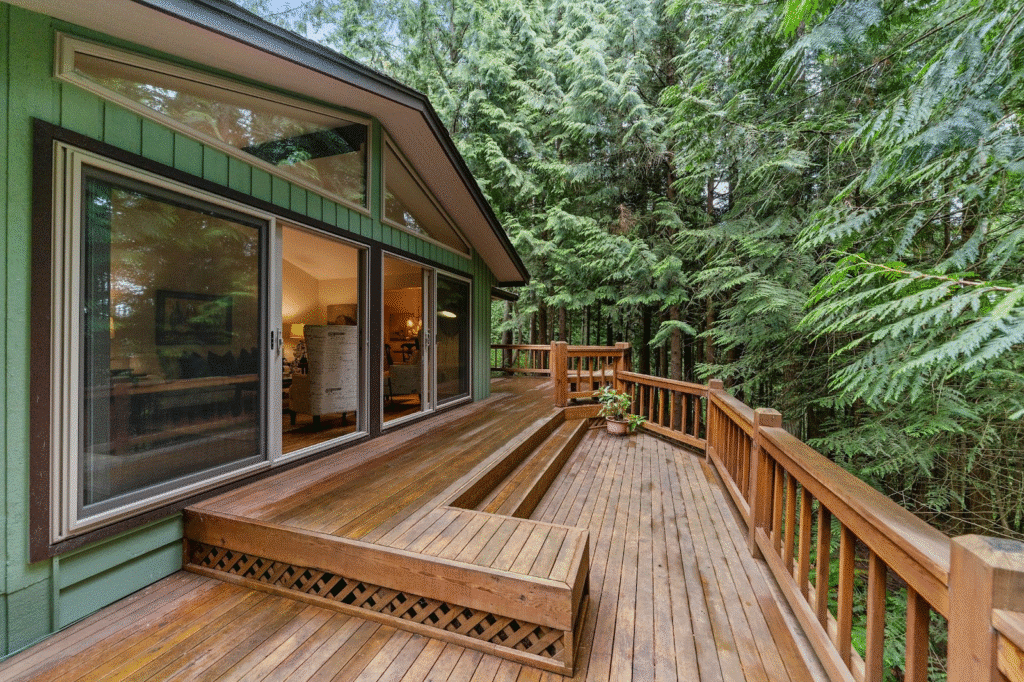
Composite decking was once dismissed as the “plastic alternative” to real wood. Early versions lacked character, fading quickly under the sun and failing to deliver the warmth of natural lumber. Fast forward to today, and composite decking has undergone a design revolution. Brands now produce boards with realistic wood-grain patterns, a wide spectrum of colors, and impressive durability while relying heavily on recycled materials.
For designers and homeowners alike, this transformation opens new possibilities. The conversation is all about how they can outperform it in sustainability, longevity, and design flexibility.
This article explores composite decking pros and cons from a designer’s perspective, offering insight into how materials impact aesthetics, performance, and environmental footprint.
The Rise of Composite Decking
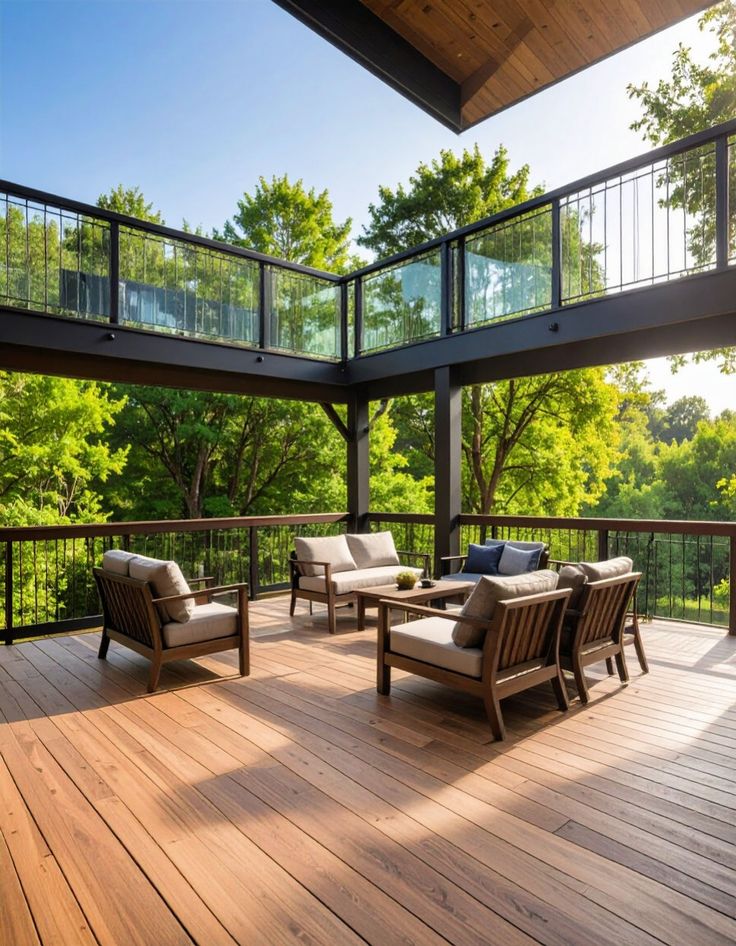
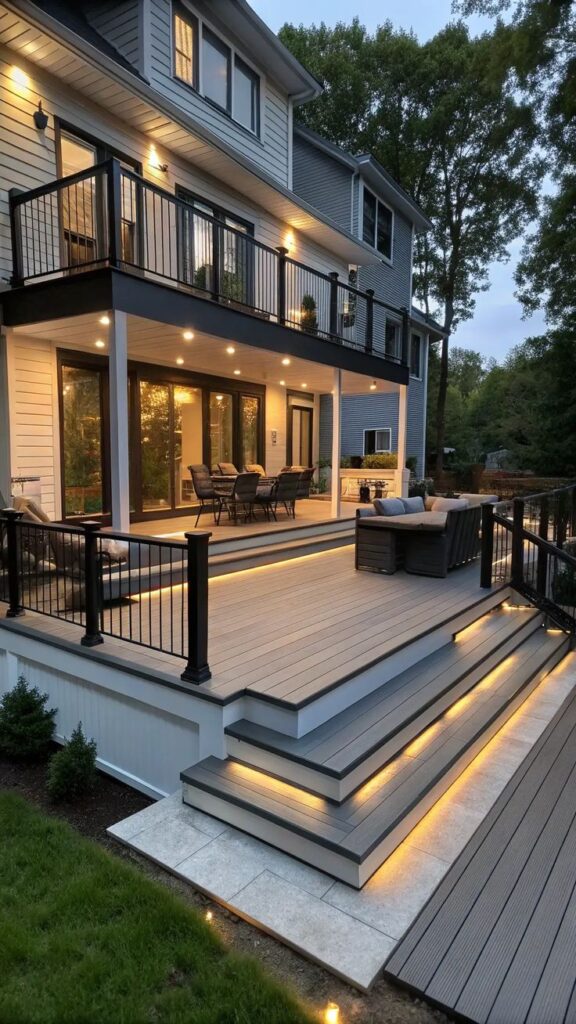
When composite decking first entered the market in the late 20th century, it was seen as a novelty product. Builders and homeowners were skeptical of its “plastic” appearance and limited color options. However, continuous material innovation has changed that perception.
Material Innovation and Sustainability
Modern composite decking, such as Trex, uses up to 95% recycled content, combining reclaimed wood fibers with recycled plastics. This diverts waste from landfills and reduces demand for virgin lumber. Designers now view composites as a way to merge performance with eco-consciousness, offering clients a sustainable alternative that doesn’t sacrifice style.
A Designer’s Perspective on Modern Appeal
Composite boards now replicate the natural variation of hardwoods, with embossing techniques that mimic grain and finishes that age gracefully over time. Unlike natural lumber, which can vary significantly from plank to plank, composites provide consistent color and texture, a major advantage in achieving cohesive design visions.
From Alternative to First Choice
Where composites were once an afterthought, they’re now often the first material specified for outdoor living spaces. For designers, this shift is about predictability, sustainability, and long-term value. Homeowners gain peace of mind knowing their investment will remain beautiful and functional for decades with minimal upkeep.
Composite Decking Pros: The Designer’s Advantage
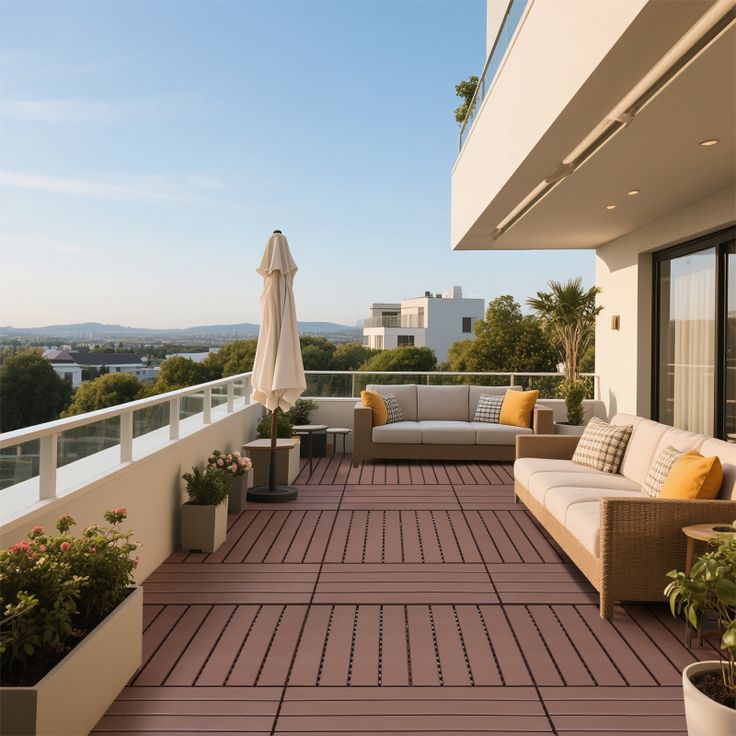
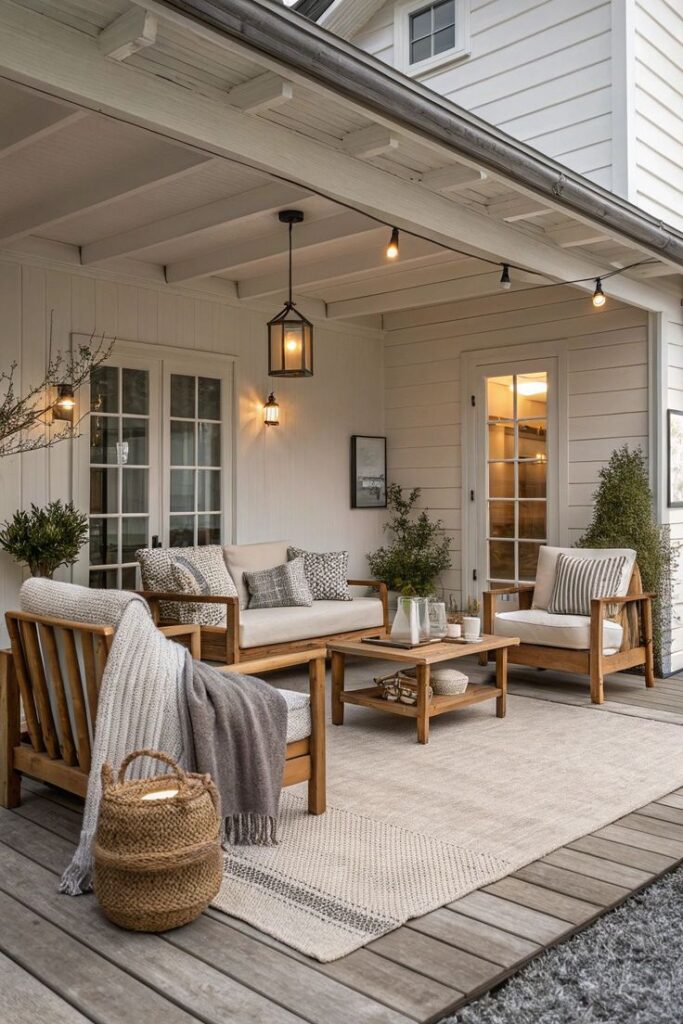
When evaluating composite decking pros and cons, the list of advantages has grown significantly in the last two decades. For designers, composites are a creative medium that opens doors to new outdoor possibilities.
Aesthetic Versatility
Composite decking offers a level of color consistency that natural wood simply can’t match. Whether you’re aiming for a sleek, modern outdoor lounge or a rustic-inspired backyard retreat, the uniformity of composites ensures design cohesion.
At the same time, innovations in manufacturing have produced boards that replicate natural variation, complete with grain embossing and textured finishes. This means designers can deliver the warmth of wood aesthetics without the unpredictability of lumber. And because many composites are offered in a wide palette, there’s freedom to tailor decks to suit architectural styles and client preferences.
Durability and Performance
One of the strongest selling points is longevity. Composite decking is resistant to rot, splintering, and warping, which are common issues with natural wood, especially in climates with high humidity or dramatic temperature shifts. It also requires far less maintenance; there’s no annual staining or sealing needed to preserve its look.
For clients, this translates into decades of reliable performance. Many composite brands now provide warranties of 20–25 years, ensuring that the deck not only looks good initially but maintains its structural integrity over time.
Sustainability Credentials
Designers increasingly face questions about the environmental footprint of their material choices. Composites offer compelling sustainability benefits:
- Made from recycled plastics and reclaimed wood.
- Reduce reliance on virgin lumber and deforestation.
- Some manufacturers offset carbon output or provide recycling programs for old boards.
From a designer’s perspective, this allows for alignment between aesthetics and eco-consciousness.
Composite Decking Cons: Tradeoffs to Consider
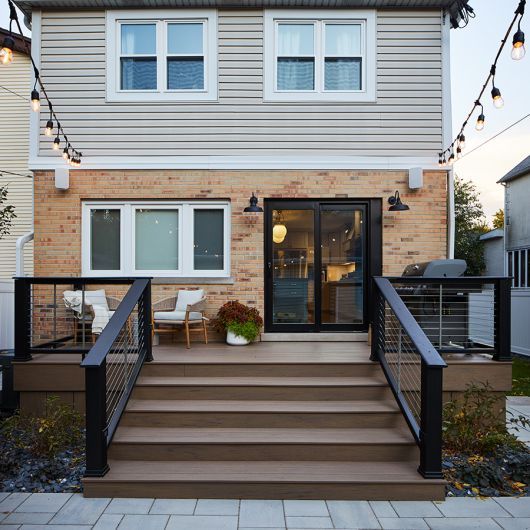
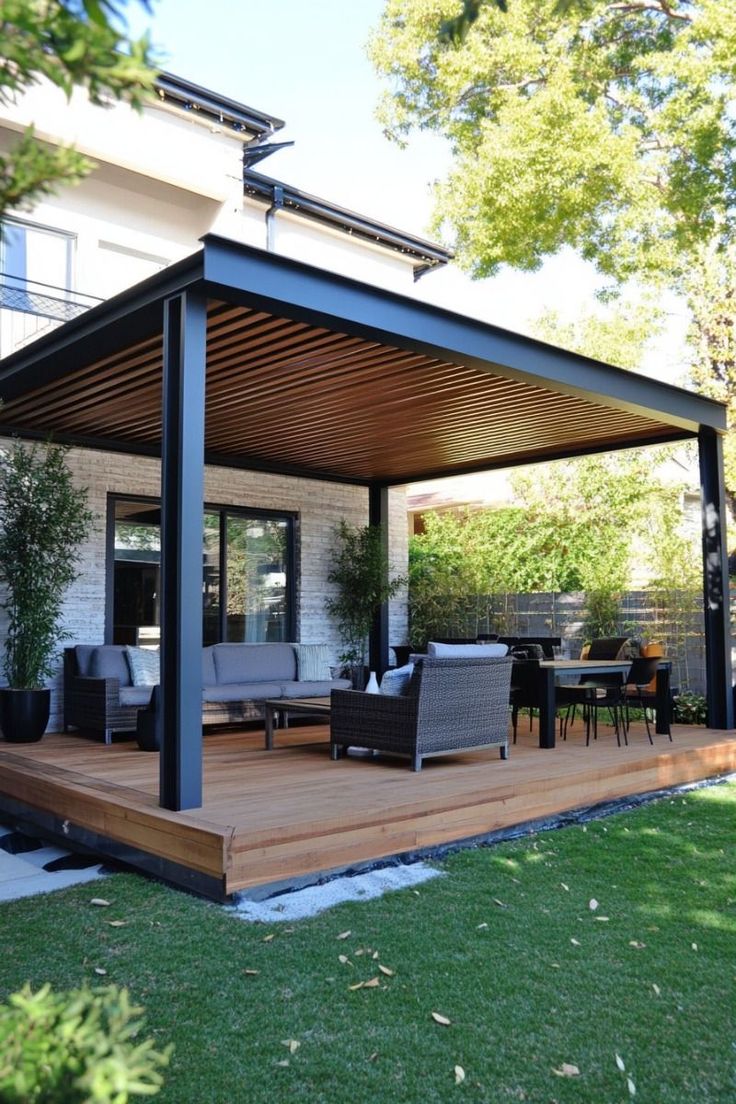
Of course, no material is perfect, and a full view of composite decking pros and cons requires addressing the drawbacks. While composites deliver impressive performance, designers should prepare clients for certain tradeoffs.
Upfront Cost
Composite decking generally comes with a higher initial price tag than pressure-treated lumber. This can be a sticking point for homeowners focused on short-term budgets. However, when factoring in reduced maintenance and replacement costs, composites often prove to be more cost-effective over 20 years, which can be seen as a long-term investment.
Heat Retention and Comfort
One of the most common critiques is that composite decking retains more heat than natural wood, particularly in darker colors. On hot summer days, boards can become uncomfortable to walk on barefoot. Designers can mitigate this drawback through smart choices:
- Recommending lighter-colored composites.
- Incorporating shade structures like pergolas.
- Orienting decks to minimize prolonged sun exposure.
Environmental Complexities
While composites use recycled content, their environmental profile isn’t flawless. Manufacturing requires significant energy, and most boards are not biodegradable. End-of-life recycling options remain limited compared to the natural decay of untreated wood.
For eco-conscious clients, this is a nuanced conversation: composites divert waste from landfills and reduce deforestation, but they are not a perfect closed-loop system. Designers should weigh these complexities alongside client priorities and project goals.
Designing with Longevity in Mind
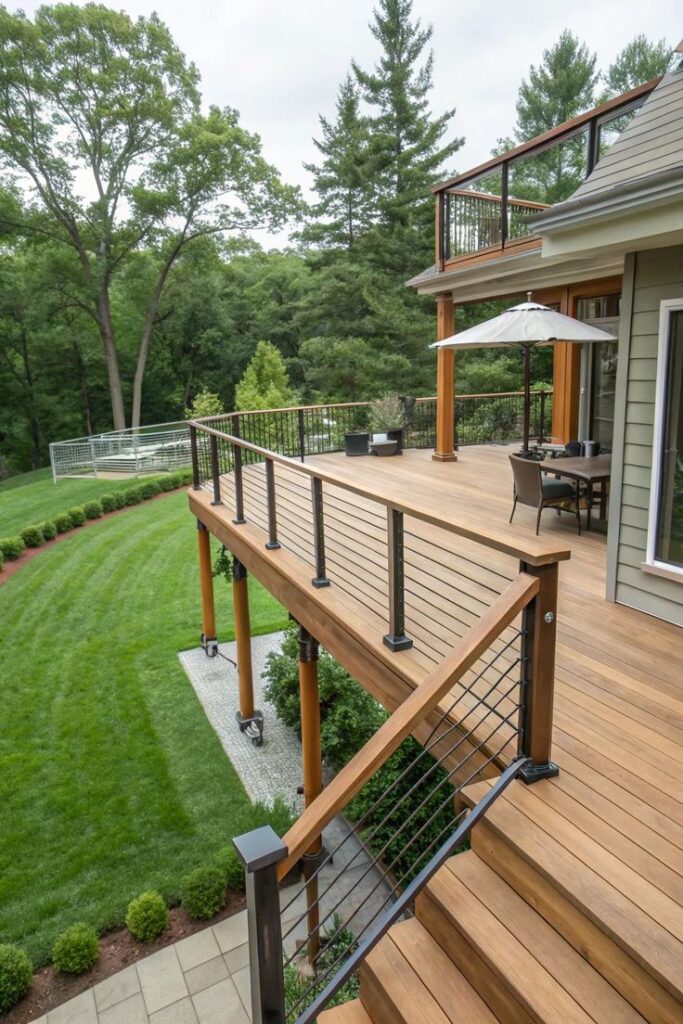
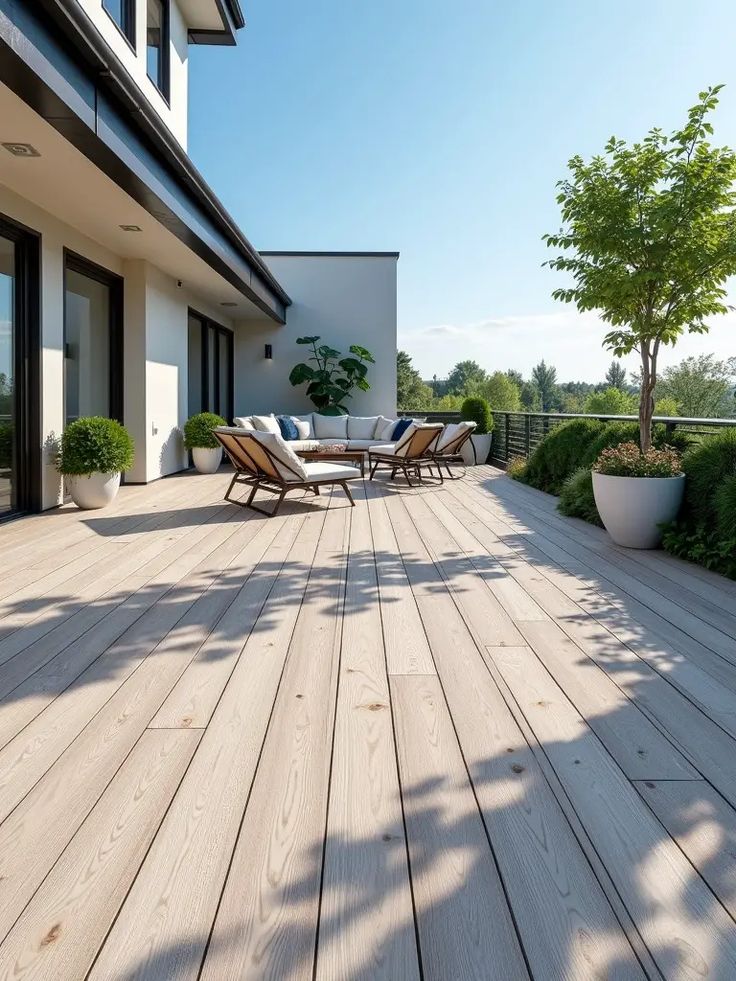
Composite decking is only as effective as its design and installation. While the boards themselves are built to last, the way they are integrated into a project can significantly impact performance.
Best Practices for Installation
Designers and contractors should collaborate closely on structural planning. Proper spacing for airflow prevents moisture buildup, while concealed fasteners enhance both durability and visual appeal. Choosing the right substructure, often pressure-treated lumber or steel, also ensures the composite boards perform as intended over decades.
Evaluating Material Lifespan
When weighing composite decking pros and cons, longevity often tips the scale. Unlike natural wood, which can require replacement in 10–15 years if not meticulously maintained, composites routinely deliver 20+ years of service. Designers can assure clients that the color stability, texture, and structural performance will remain intact with minimal intervention.
Case Study Examples
In projects where composite decking has been installed for over two decades, many homeowners report only minor color fading but little to no structural deterioration. For designers, this predictability allows for confidence in specifying composites for long-term outdoor spaces, whether that’s a family deck, a rooftop lounge, or a multi-level entertainment area.
Choosing Eco-Conscious Contractors
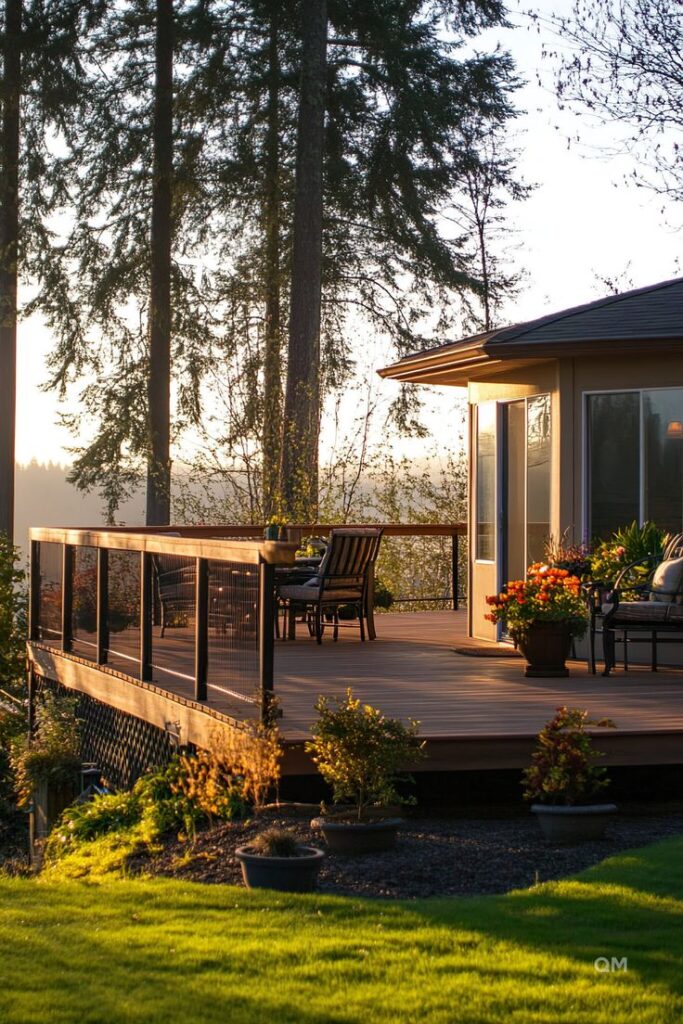
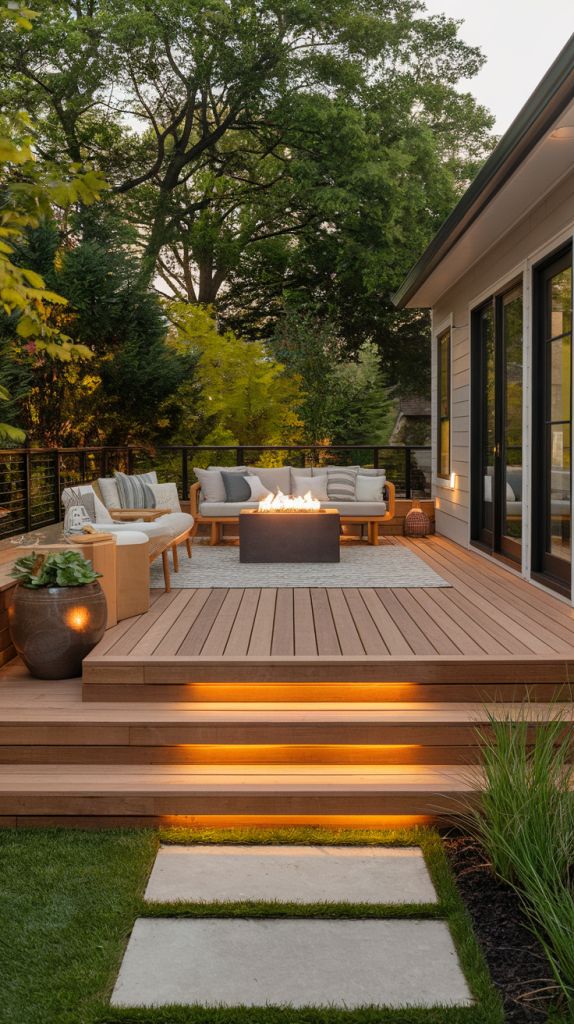
The decision to invest in composite decking doesn’t end with material selection. Working with a contractor who understands both the design vision and the sustainability goals is critical. Eco-conscious and reliable builders ensure to follow deadlines, guide clients toward the right products, and make sure that those products are installed in ways that maximize longevity and environmental benefits.
Contractors with experience in sustainable decking are adept at balancing aesthetics, performance, and budget. They can help homeowners weigh tradeoffs, like higher upfront costs versus reduced maintenance, and recommend solutions tailored to lifestyle and climate.
For homeowners in Pennsylvania, Booher deck builders bring this expertise to every project. With a focus on Trex composite materials and environmentally responsible practices, they help clients make confident, eco-friendly choices that elevate outdoor living spaces.
Looking Ahead: The Future of Outdoor Design
When weighing composite decking pros and cons, the designer’s perspective makes one thing clear: these materials are a forward-looking choice that aligns durability with sustainability.
Yes, tradeoffs like higher upfront costs, heat retention, and the environmental complexities of manufacturing exist, but when viewed through the lens of longevity and reduced maintenance, composites often provide the most balanced solution.
For designers and homeowners alike, the future of outdoor design lies in materials that work as hard for the planet as they do for the project.
- 3shares
- Facebook0
- Pinterest3
- Twitter0
